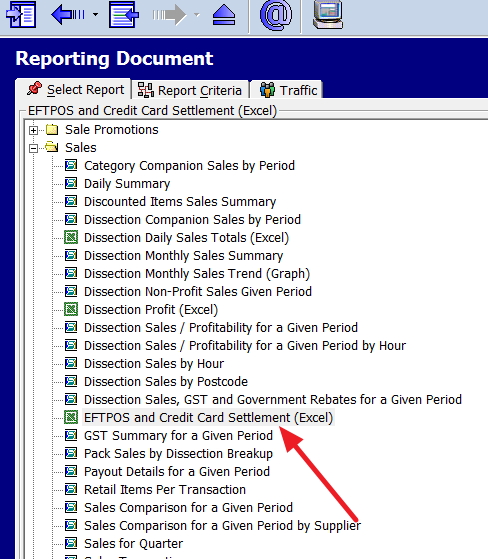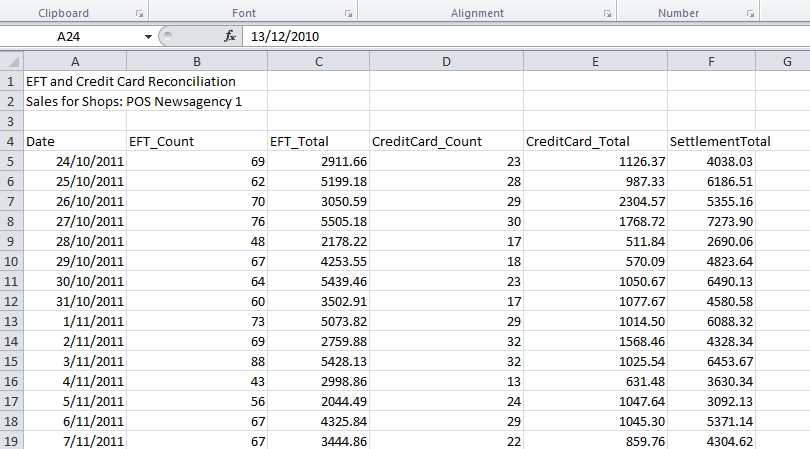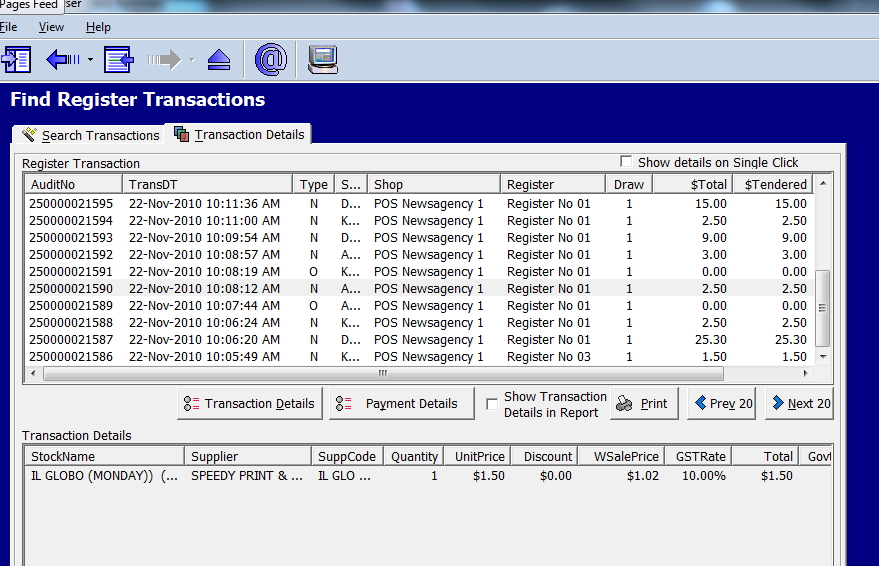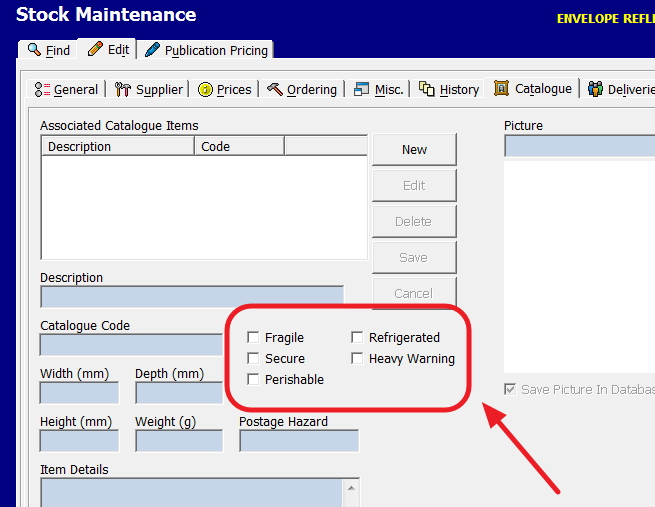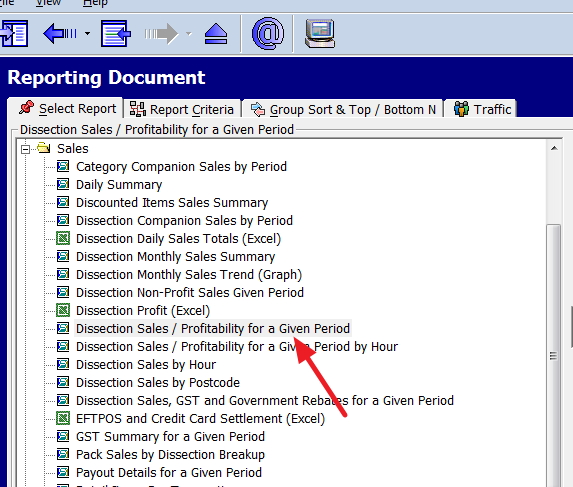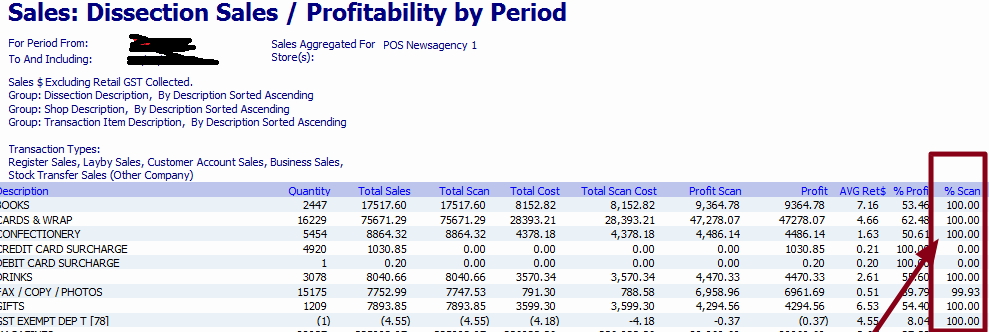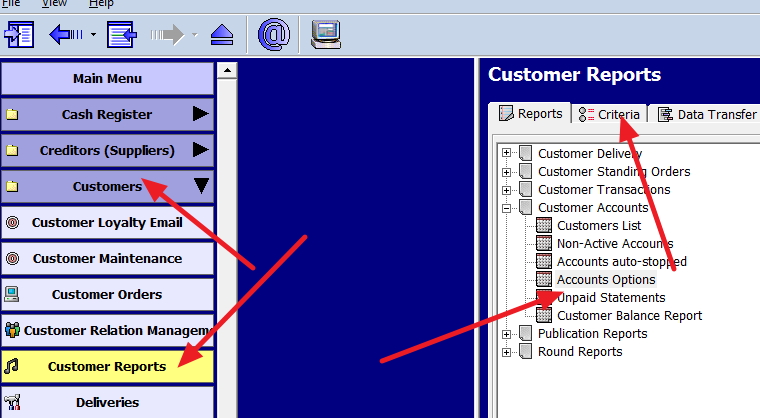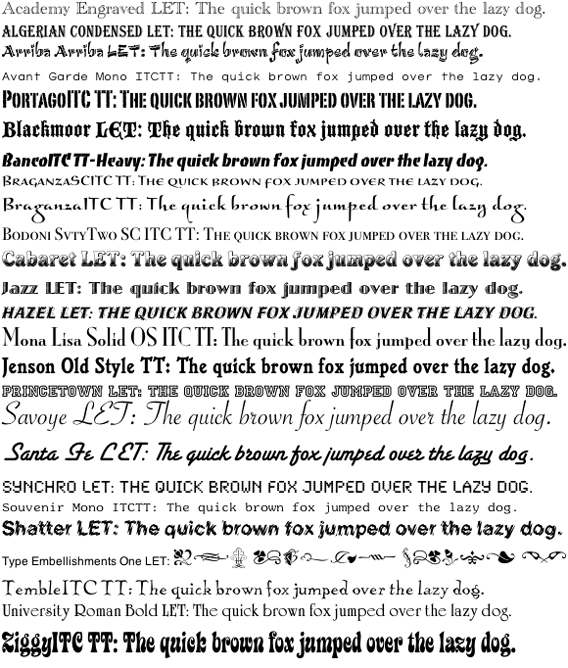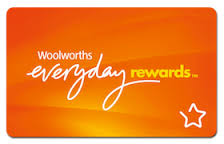A quick business guide to Facebook
I strongly believe that every serious business and organisation today needs a web presence. The web has become the major means of communication between business and their clients.
One place you have to be in is Facebook as every day, 10 million Australians are active on Facebook. Many spend almost two hours a day on it.
And it is free.

If you are not there, I recommend you go to Facebook, see what a few similar businesses to yours are doing on Facebook now. Check the ones you like and take a few notes about what your business needs. Note the words you need to say.
Then take a good camera, someone associated with your shop must have such a camera or failing that use a top smartphone. Now give the shop a clean, tell everyone to get nicely dressed tomorrow and take heaps of digital photos of shop, you in the shop, the staff, the shop, the products and services. You will not be sorry if you take too many, only if you do not have enough. Now go through them and select the ten best.
Now find the pages of your suppliers, similar businesses, your own and some other pages that would interest your clients, check out what they do, the details required and note these down. Change it to what you need for your business.
With so many Australians already on Facebook, the odds are that someone associated with your business knows how to set up a Facebook page.
If you are stuck and are a client of ours, we offer a free service to help you.
Now go to Facebook and set up a page. In my experience, it takes people about an hour to set up. If you do not know what you are doing it’s a pretty full-on hour. If you make a big blunder, do not be worried as you can correct later.
Once this is done now push your page on your clients. Ask them to like your page. Put a sign up the front of the shop, “Like us on Facebook." Put a similar message on all your receipts and statements. Push the page to all your VIP members, your staff, etc.
Now every few days check out the pages you noted above. Share or cut and paste an interesting comment from one of these. Please if you do a cut and paste make sure you change it so it becomes an original piece. Furthermore, add every now and then something interesting from your store, for example, a new service you are offering, an award you won, a new stand, new items, etc. Doing this will probably take you about half an hour a week and while you are doing that you will, in addition, keep you abreast of current affairs in your marketplace.
As an added bonus, our clients can integrate this Facebook page in our point-of-sale system.
Now if you want something more like an integrated website available through our point-of-sale system, stay tuned as I will discuss how you can do this in my next article.

